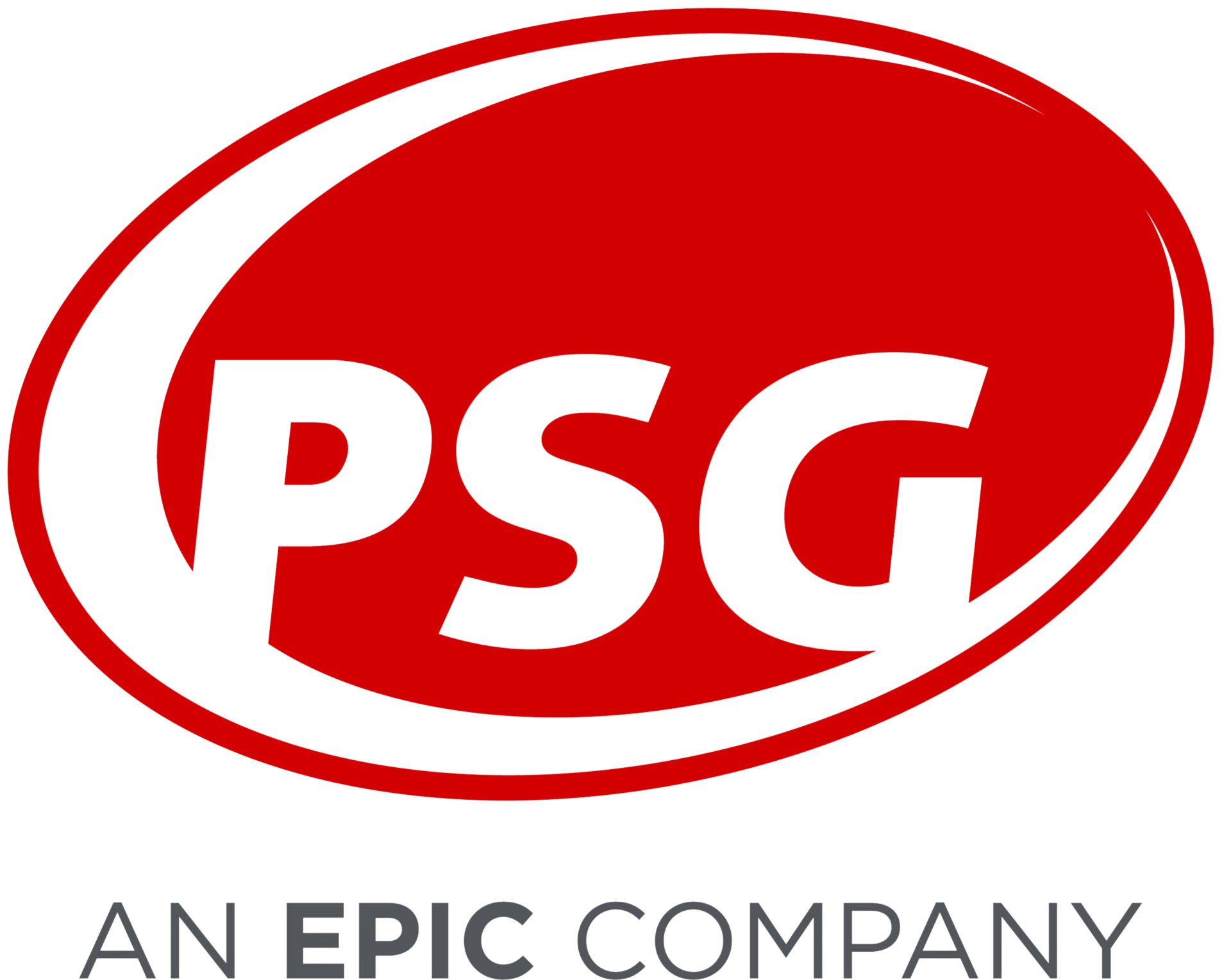The Negotiation before the Negotiation: Medicare Drug Price Negotiation Program Initial Guidance
Posted on April 5, 2023
On March 15th the Centers for Medicare and Medicaid Services (CMS) released initial guidance on the Medicare Drug Price Negotiation Program (or “Negotiation Program”), which is a part of the Inflation Reduction Act (IRA). While stakeholders have until April 14, 2023, to provide public comments on the Negotiation Program, and there is still a large amount of uncertainty for how things will play out, there are several implications that Medicare health plans can be preparing themselves for.
Implications for the Pharmacy Benefit Landscape
The industry has been preparing for a seismic shift in how drugs are priced in the United States. With the political climate of the last decade, the writing has been on the wall. But previous attempts made by the Trump administration failed because it was clear that the initiatives would not achieve the desired result. However, the Inflation Reduction Act and the new Negotiation Program could be successful for a couple of reasons:
- It draws a hard line with pharmaceutical manufacturers with a statutory limit of what the federal government will pay for drugs tied to non-federal average manufacturer price (AMP), which is the average price paid by wholesalers for non-federal programs. Previous attempts to remove safe harbor did not influence how pharmaceutical manufactures price their drugs in any way.
- It creates a glide path to removing pharmaceutical manufacturer rebates from Medicare Part D in a stepwise fashion, increasing the number of drugs involved every year. Previous attempts to remove safe harbor were proposed in an all-or-nothing approach which was not as easy to stomach.
So what is the Negotiation Program exactly? It is part of a new law that “…authorizes Medicare to directly negotiate drug prices for certain high expenditure, single source Medicare Part B or Part D drugs, meaning only those drugs for which there is no generic or biosimilar competition.” CMS will select up to 10 drugs as part of this program and negotiate the maximum fair price (MFP) for each, which will apply beginning in 2026. The program will expand to other drugs in the subsequent years.
So what are my key takeaways from the guidance including an analysis of which drugs could be subject to the negotiation program?

